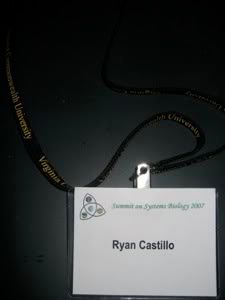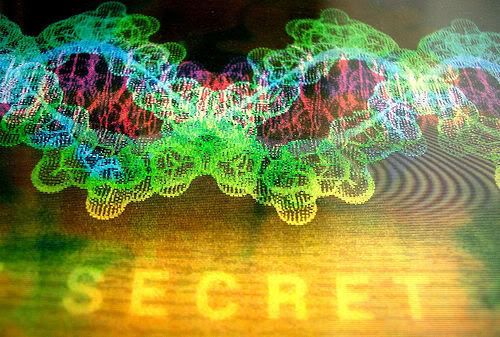
After doing a fresh install of OSX Leopard on my Mac and having to re-familiarize with some of my Biostatistics/Microarray education background it was time do a fresh install of R on my machine.
R is a freely available statistical programming language modeled after S programming language. Matthew Keller, a founder of the Richmond R group describes some of R's advantages over other statistical packages as the following:
- Its fast and free
- State of the art: Researchers provide their methods as R packages
- Its second only to MATLAB for graphics
Some points that I would like to add to the list are:
- Its graphs and tables can be used with the ever popular LaTeX
- Its programming/scripting like interface makes it rather extensible
- Its a great starting point for people interested in Biostatistics and Microarrays
- The BioConductor project is primarily based on R
- Did I mention that its free?
R is a rather powerful tool and I consider it to be a must have for any Biostatistician or Bioinformatician's toolset. So check it out, and let me know what you think.
Other Important R Links:
- CRAN, the Comprehensive R Archive Network (similar to perl's CPAN)
- The R Help Mailing List a good place for getting answers to R related questions
- R Seek, a useful tool as google isn't designed to just search for "R"










